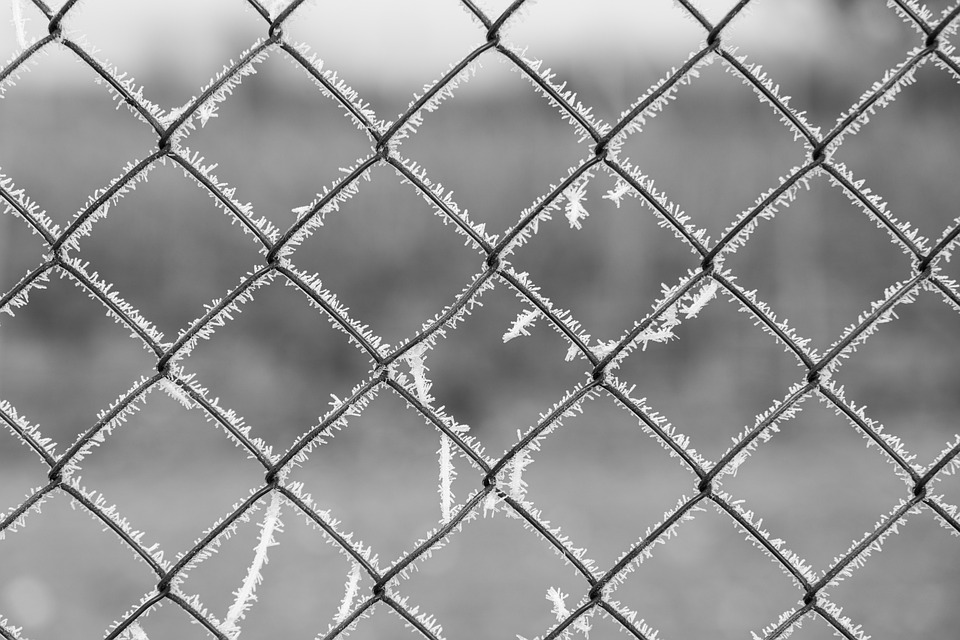The Clean-Up Crew: How Cells Engulf and Destroy Foreign Particles and Damaged Neighbors
Imagine a bustling city where waste management is a top priority. In this metropolis, a special team of workers, known as the clean-up crew, is responsible for collecting and disposing of trash, as well as removing damaged buildings and infrastructure. Similarly, in our bodies, a remarkable process called phagocytosis allows cells to act as a clean-up crew, engulfing and destroying foreign particles and damaged cells.
The Phagocytic Process
Phagocytosis is a complex process that involves several key steps. It begins when a cell, such as a macrophage or neutrophil, recognizes a foreign particle or damaged cell through its surface receptors. This recognition triggers a series of signals that ultimately lead to the engulfment of the particle or cell.
The engulfment process involves the extension of the cell membrane, which wraps around the foreign particle or damaged cell, forming a membrane-bound vesicle called a phagosome. The phagosome then fuses with a lysosome, a vesicle containing digestive enzymes, and the foreign particle or damaged cell is broken down into smaller components.
How Cells Engulf and Destroy Foreign Particles
The clean-up crew is essential for removing foreign particles, such as bacteria, viruses, and other pathogens, from our bodies. These particles can cause harm if they are not removed, leading to infections and diseases. The phagocytic process helps to eliminate these particles by engulfing and destroying them.
In addition to removing foreign particles, the clean-up crew also plays a crucial role in removing damaged cells from our bodies. Damaged cells can release toxic substances and cause inflammation, which can lead to tissue damage and disease. The phagocytic process helps to remove these damaged cells, reducing the risk of tissue damage and disease.
How Cells Engulf and Destroy Damaged Neighbors
When a cell is damaged, it can release toxic substances and cause inflammation, which can lead to tissue damage and disease. The phagocytic process helps to remove these damaged cells, reducing the risk of tissue damage and disease.
In addition to removing damaged cells, the clean-up crew also plays a crucial role in removing cellular debris, such as dead cells and cellular waste products. This debris can accumulate and cause harm if it is not removed, leading to tissue damage and disease.
Image: A diagram showing the phagocytic process, including the engulfment of a foreign particle by a cell and the fusion of the phagosome with a lysosome.
FAQs
Q: What is phagocytosis?
A: Phagocytosis is the process by which cells engulf and destroy foreign particles and damaged cells.
Q: What types of cells are involved in phagocytosis?
A: Macrophages and neutrophils are two types of cells that are involved in phagocytosis.
Q: What triggers the phagocytic process?
A: The phagocytic process is triggered when a cell recognizes a foreign particle or damaged cell through its surface receptors.
Q: What is the role of lysosomes in phagocytosis?
A: Lysosomes are vesicles that contain digestive enzymes and play a crucial role in the breakdown of engulfed foreign particles and damaged cells.
Q: Why is phagocytosis important?
A: Phagocytosis is important for removing foreign particles and damaged cells from our bodies, which helps to prevent infections and diseases.
Q: Can phagocytosis be affected by disease or injury?
A: Yes, phagocytosis can be affected by disease or injury. For example, in some diseases, the phagocytic process may be impaired, leading to an accumulation of foreign particles and damaged cells in the body.
Q: How can we support the phagocytic process?
A: We can support the phagocytic process by maintaining a healthy diet, exercising regularly, and getting enough sleep. We can also reduce our exposure to toxins and pollutants, which can impair the phagocytic process.


